CV Raman (1888-1970)
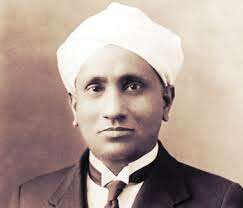
CV Raman, a famous physicist and winner of the Nobel Prize in Physics (1930), was born in 1888 in Tamil Nadu. At four years old, his family moved to Visakhapatnam in Andhra Pradesh, where Raman was educated at Mrs A V N College.
Amongst his many achievements, one of CV Raman’s major contributions to science includes his discovery of Raman scattering – a phenomenon wherein light changes its color and energy after hitting a molecule. Today, the concept is the foundation for studying different materials, such as living cells, chemicals, drugs, and pollutants. 28 February is celebrated as National Science Day in India to honor Raman’s discovery.
K S R Krishna Raju (1948-2002)
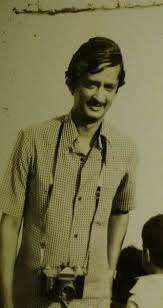
K S R Krishna Raju was a biologist and ornithologist whose work was centered in the Eastern Ghats of Visakhapatnam. He studied the flora and fauna of this region and their relation to other parts of India and Asia. In 1971, K S R Raju set up a camp at Lambasingi village, where he and his colleague, Selvin Justus, found a new species of bird called the little spiderhunter. Additionally, a subspecies of Abbott’s babbler, ‘Malacocincla abbotti krishnarajui’, discovered around Visakhapatnam Ghats of Andhra Pradesh, was named in his honor, to commemorate his efforts in promoting the survey and conservation of the natural resources of the Eastern Ghats.
Kotcherlakota Rangadhama Rao (1898-1972)
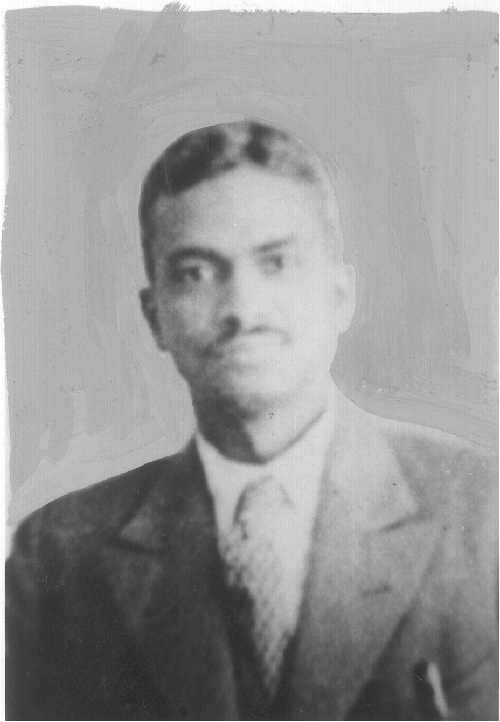
Born in Vizianagaram, Kotcherlakota Rangadhama Rao studied at Visakhapatnam’s CBM High School and Mrs AVN College. He was an Indian physicist who specialized in spectroscopy – the study of how light interacts with matter. Not only did he presume the role of principal at Andhra University, but he was also involved in facilitating several physics labs in the city and encouraging the studies of other scientists from Visakhapatnam.
His contributions include the development of the Diatomic and Polyatomic Molecular Spectroscopy Laboratory, where he studied the properties of molecules and crystals using various techniques, including ultraviolet, infrared, Raman, fluorescence, and phosphorescence spectroscopy. He also worked on radio frequency spectroscopy, which uses radio waves to study the behavior of atomic nuclei and electrons. He was the first person in India to start working on nuclear quadrupole resonance (NQR), a method used to detect the shape and charge of nuclei.
Barry Ramachandra Rao (1922-2005)
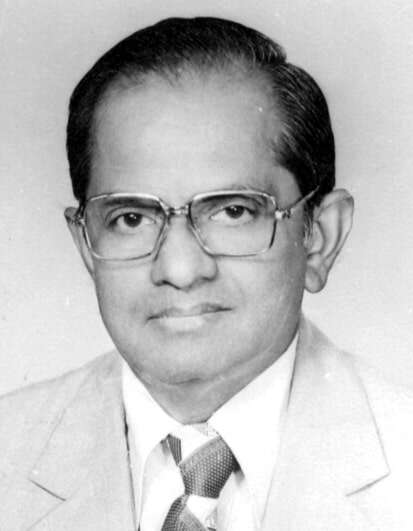
Barry Ramachandra Rao, a space physicist, was born in a small village called Yalamanchili in Visakhapatnam to a family of fishermen.
After completing his schooling in Visakhapatnam, he was one of the most reputable scientists to graduate from Andhra University. He was interested in ultrasonics, the study of sound waves beyond human hearing. B Ramachandra Rao’s initial work led to the discovery that diffraction patterns followed Bragg’s Law (which dictates the behavior of sound waves upon hitting an object) in high-frequency regions.
Respected for his research in radio physics, Ramachandra Rao was elected to join the three most prestigious science academies in India – the Indian Academy of Sciences, the Indian National Science Academy, and the National Academy of Sciences. He was also awarded the Shanti Swarup Bhatnagar Prize for Science and Technology in 1965 for his work in Physical Science,- one of the highest Indian Sciences Awards.
B L K Somayajulu (1937-2016)
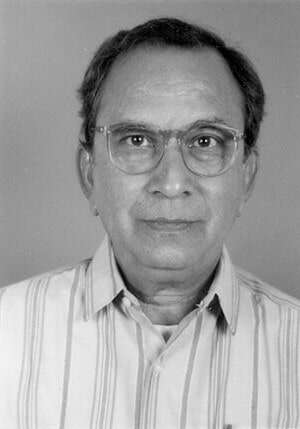
An Indian geochemist, and a CSIR Emeritus Scientist at Physical Research Laboratory, Ahmedabad – B L K Somayajulu.
One of the scientists with a considerable impact on ocean studies, he was born in Visakhapatanam and completed his graduate studies (BSc Hons) from Andhra University, in 1956. His life’s work was focused on the chemistry of the oceans and the earth. In simple words, his extensive research revolved around the physio-chemical reactions within the oceans and the water-sediment interface, i.e., interactions between the ocean and the Earth, and their progression over time. His work measured and analyzed the growth of manganese nodules, the mixing of ocean waters, the production of silicon-32 and beryllium-10 by cosmic rays, the accumulation of sediments, and the presence of reactive elements in seawater.
He was awarded the Shanti Swarup Bhatnagar Prize for Science and Technology in 1978 for all his contributions.
B S Daya Sagar (1967-present)
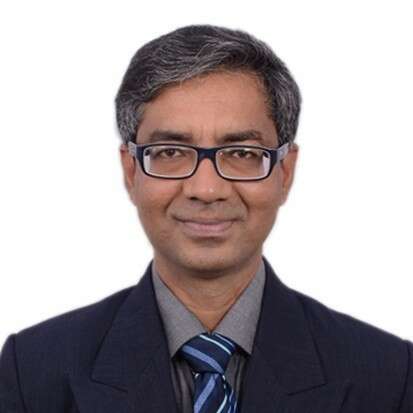
B S Daya Sagar is an Indian mathematical geoscientist specializing in mathematical morphology – a branch of mathematics that deals with the shape and structure of objects.
Sagar studied at various schools and colleges in Visakhapatnam, obtaining his BSc, MSc, and PhD degrees from Andhra University and its affiliated colleges.
His research uses the fusion of both computer simulations and modeling techniques to understand how complex terrestrial systems on Earth – such as water bodies, river networks, mountain objects, folds, dunes, landscapes, and rock porous media – behave and change over time. He has developed new methods and algorithms to analyze data from different sources and scales to create realistic and useful models for the same.
B S Daya Sagar has received many accolades for his research, such as the Georges Matheron Lectureship Award, from the International Association for Mathematical Geosciences, and the Krishnan Medal, from the Indian Geophysical Union.
These are just some of the many scientists who have ties to Visakhapatnam, and have gone on from here to make a mark on a larger scale. They have also inspired many young minds to pursue science as a career and a way of life. On this National Science Day, let us salute their contributions, and also encourage more scientific thinking and learning in our society!
Stay tuned to Yo! Vizag website and Instagram for more Visakhapatnam stories.


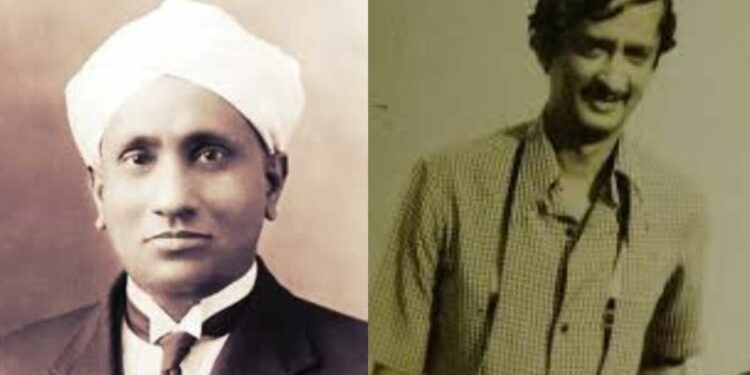







Discussion about this post